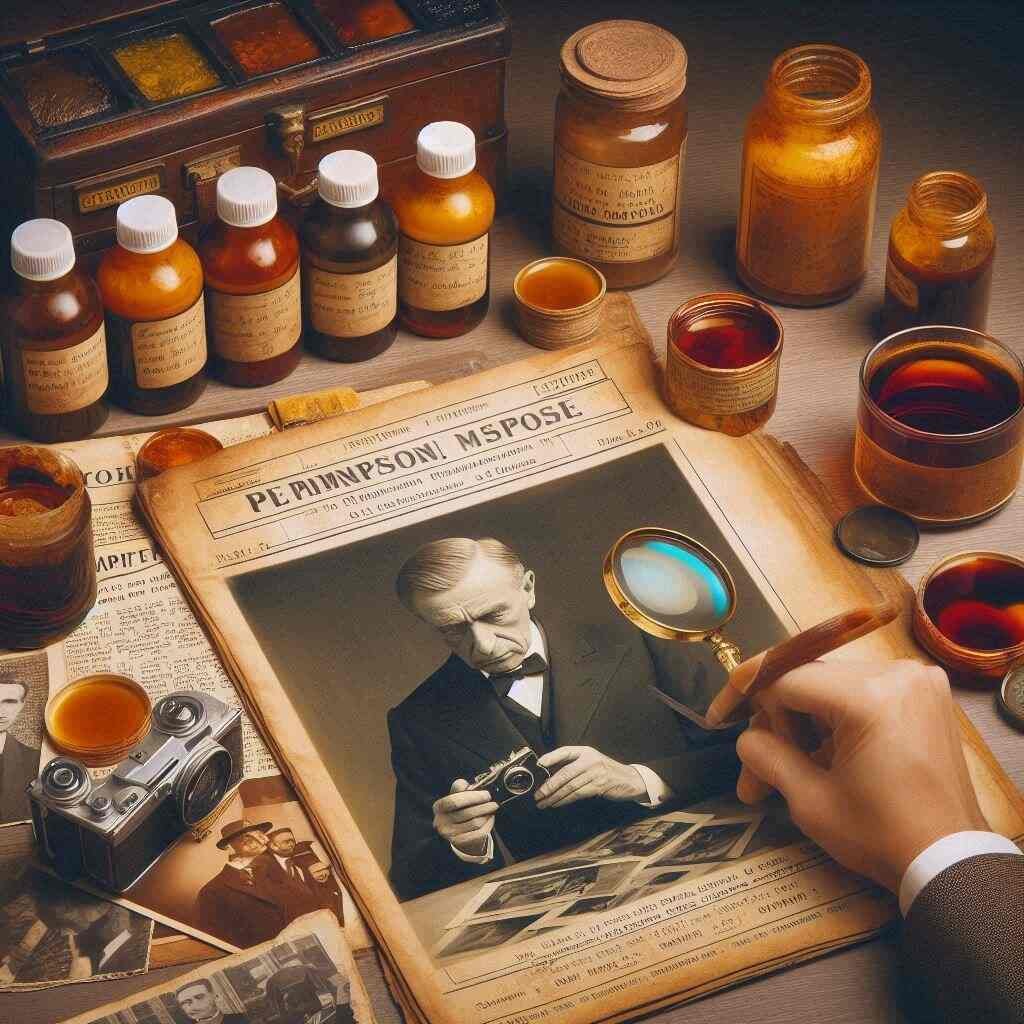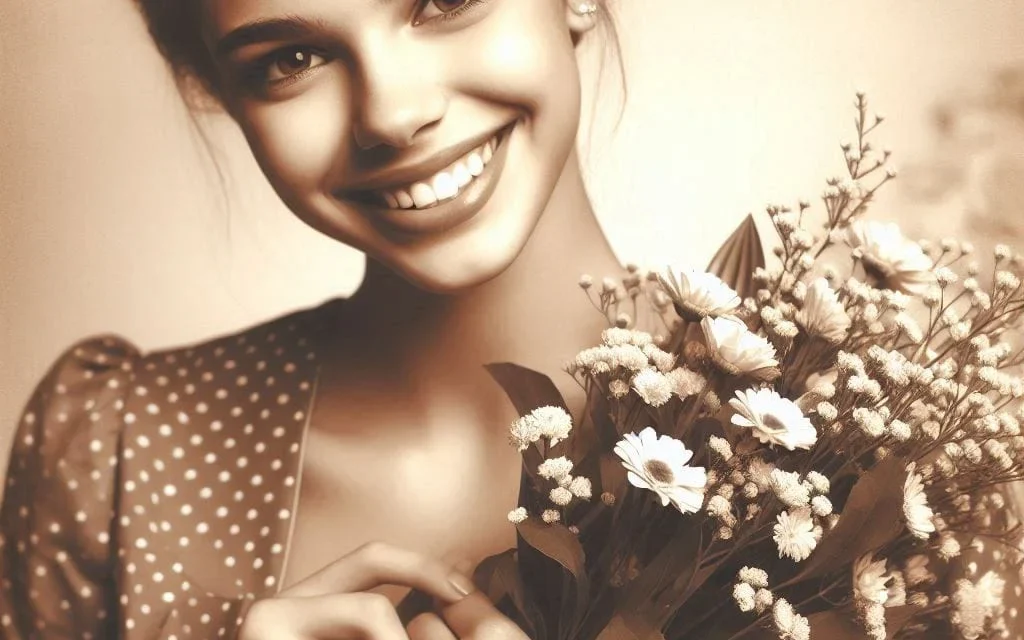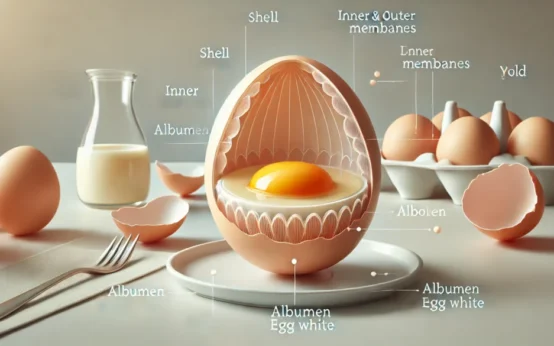Introduction to Brown Pigment in Vintage Photos
Like time travel, photography allows revisiting historical places, events, and people. I have encountered many styles and techniques that have come out on the surface, and one thing that intrigues me the most is the Brown Pigment in Vintage Photos . The color carries a sense of wonder. This is why it is best associated with deep emotions and bittersweet memories. In our quest for these images, we shall uncover the story of this color, why it captivates our imagination, and how it continues to influence modern-day photography.
Let us go back to when there was a loss of color prints and only black and white images remained. What was the impact of the underlying brown hue at that time? Through the history of photography, back-to-family photographs, and landscapes, we can see how the way went has been absorbed into the brownish history of photography as an art form.
Table of Contents
Evolution of photography techniques and its impact on the brown hue
The advancement of photography techniques has changed the amount of brown tones found in photographs and how they are viewed. Photography in the past involved processes like daguerreotypes and brittle tintypes, which produced warm tones because of the materials used. These techniques rendered the feelings of depth and dimension, making the final drawings generally brownish in most instances.
Over time, the chemical processes used to produce photographs have improved with technological advancements. With the advent of gelatin silver prints, photography had a whole new spectacle and newly altered colors. Nevertheless, such historical formats would use brown backgrounds, which helped to envelop the subjects in a reassuring embrace.
Practitioners have tried to use some of these old photography styles in recent years. With the help of modern technology, they recreate the feeling of looking at an old photo by over-coloring or recreating the brown pigments used in most photographs back in the day. This also illustrates how the same techniques of the past are still utilized in invoking the emotions of warmth and nostalgia in imagery today.
Exploring the Brown Pigment in Vintage Photos

The brown color in old photographs does far more than just complement the image. It is a time-locked captive that brings about warm memories.One such coping strategy noted was the extensive use of a sepia-brown color associated with old photographs. This is how many older photographers got these realistic and classic effects on their pictures. The prints blossomed with time as the hits of sunlight faded upon them over the years and enhanced their color.
Different ways of taking photos embraced by different societies point out other exciting aspects of photography. Each area had its signature brown tone, each accomplished using various means.Sometimes, the browning resulted from external factors, such as chemical changes or circumstances; however, over time, it came to be appreciated. An original photograph, too, benefits from such organic development over the years. Instead, it may be flattering to describe it as irritating.
This thinking leads us to ask what we do not merely look at but the very history of the image that each of those brown pigments offered for our admiration has traveled.
The discovery of Brown Pigment in Vintage Photos

Dating to the birth of photography, a mixture of old photographs from paint and brown pigment was a source of self-interest for historians and those keen on photography.
Photographers in the 1800s tried different processes and chemicals to obtain images. The invention of pigments that contained iron generated a strange, warm color that most vintage images would possess.
A comparable relationship could be observed along the evolution of these techniques, that is, the evolution of comprehension of the response of light to various surfaces. These brownish colors began as accents but became striking rendering stylistic devices.Those earthy colors have associations with memory and time, so they evoke nostalgia that looks relevant even today.
More recently, physicists have examined the leaves’ pigments, where the composition and origin become of great interest to many. This pursuit demonstrates an understanding of practices that were in use in the early days of photography and the continuing influence that these practices have on modern society.
The allure of nostalgia in vintage photos
A yearning for the past is challenging to shake off in men’s hearts. Looking at old pictures reminds us of some events that happened even before our birth but still appeals to our emotional instincts.
The harmonic colors and application of camera direction shift the audience to another time zone. Every single picture contains more history and feelings that can be intelligently poured out as a story.
The addition of Brown color also helps make the atmosphere feel more familiar or home-like, as families’ anecdotes are related to the warmth a narrow brown shade brings. This color contributes to the enhancement of nostalgia.
These images are captivating because they freeze time—capturing happiness, smiling faces, and mundane moments that are now part of the past.
In high-speed modern life, such a fall into the arms of vintage photography. We are reminded about what is actually beautiful and what is commonly neglected.
Why the brown pigment adds to the charm of vintage photos
The warm, scrumptious aura portrayed by the Brown Pigment in Vintage Photos will draw many towards it. This color encompasses the olden age of memories and feelings.
Brown colors, always dull and at a lower frequency, are unlike painter colors and Zwakhain colors; subdued swear all add gradual quietness. They are everyone’s favorites as they are not only interesting but also rich in history and inspire many about the lives enshrined in them.
The flaws in these pictures also add to their beauty and appeal. Liberating scratches, discoloration, and sepia tones all increased the nostalgia factor.
Brown pigments are also due to the materials’ residuals from the initial touch of photography. The natural colors used commonly had practical traits that many modern forms of technology do not have.
Every yellowed image is a doorway into another world that existed in the past, a world of experiences that we hold dear. Such warmth evokes viewers, so vintage images become priceless artifacts that need to be preserved for many years to come.
How digital technology has revived the popularity of vintage photography
Digital technology has revolutionized vintage photography. With the increasing use of social networks, sharing wistful pictures is easier than ever. Younger users are more inclined to the classic photo terrorism found on platforms like Instagram.
App-reliant users have invariably mastered emulating the era of sepia-toned and grain-textured images. But other filters can also reproduce vintage warmth and grain. These new avenues allow for experimentation with age-old skills and techniques, with a hint of modernism.
Furthermore, digital creation and archival resources allow the saving of historical images for centuries. It is not uncommon for photographers to scan and rejuvenate an old soft-focused print and restore it to a new, vivid, and clear photograph.
The old and new can no longer repel. The renewed interest in aging photography has reached even the most diverse groups seeking ‘realness’ in a highly digitized world.
Techniques for capturing and enhancing the brown tone in modern photography
Defining the richness of Brown Pigment in Vintage Photos modern photographic practice is satisfying and fun. First, try shooting at golden hour with matrimonial shadows when soft sunlight shines. This complements the warmer shades of the earth very well.
Filters are yet another method for giving a photograph the desired illusion. Consider adding sepia or other old-style presets in software so that saturated browns can gently enter the images.
Photo lovers who do not want digital methods exclusively can opt to return to physical methods. For example, photos taken on Kodak Portra 400 and Fujifilm Pro 400H typically have splendid brown colors because those films have a natural warm color tone range.
Don’tRemember textures! Be it worn-out surfaces or old-looking backdrops; all these are needed because they add richness to the position. Adding elements within the frame, such as wood or stone, helps visualize the theme of that beautiful brown shade.
It is time to experiment with the contrast and saturation level; minor tweaks will help bring out those gorgeous browns without compromising the image.
Preserving the timeless charm of vintage photos for future generations
It is essential to regard the vanishing charm of old photographs, particularly for posterity. These images serve as bridges to history, conveying feelings and moments that have been lost forever.
To enable this, it is crucial to keep the photographs in the right environment. Do not expose them to bright sunlight. Using materials of archival quality will also help.
Digital archiving is also of great importance. Vertauz scans these treasures, thus making them available for sharing in safe formats that protect the originals. In this way, the family pages can be relived again in the shots without the risk of physical damage.
Calling upon new generations of family members to look through these photos encourages children to learn about the past. Putting up photo albums or making a scrapbook can help get the conversation across about the everyday things to share and the important things to keep.
Progressing gradually on this day guarantees that there will be storytellers who can retell even after a hundred years using these trusted brownish-colored pictographs.
Famous vintage photographers are known for their use of the brown pigment.
As I explore vintage photography more deeply, specific names stand out as the forerunners, and the distinctive feature that stands out is the brown pigment. One of them is Alfred Stieglitz, who practiced true pictorialism and used soft tones and sufficient browns in his atmospheric photographs. The skill of mood composition instilled emotions well into the image, which still resonates today.
Edward Weston is another important name that would make it into this essay. This American photographer mostly worked with still lifes and warm earth pigments were predominant. That attention to form and color made the browns work well while emphasizing the beauty found in the ordinariness of things.
Then I have Paul Strand, who is famous for his creativity. He made good use of deep tonal relations that composed a separate plot, but relied more on the required browns than necessary as a means of form construction, relied.
These artists did not just document events but also packed them with nostalgia and warmth, which still fueled interest in vintage photography and its spellbinding past. Their works tell us how colors can bring back emotions and stories of the past that generations have long forgotten.
Embracing the beauty and significance of Brown Pigment in Vintage Photos photography
The brown color in photographs is not simply for appreciation, as there is more than meets the eye. It brings back a sense of warmth and nostalgia, making the audience feel like the moment is lost. A sepia-toned picture is more than just an image; it is a feeling, a moment sealed in time where everyone is made to feel probably a little too much connected to a very ordinary scene.
This can create layers and give more life to a boring picture. These docs are reassuring. They are related to landscape photography and nature, with even more historical and cultural dimensions in the photographs.
Needless to say, lean brown pictorial masterpieces inspire viewers to a perplexing repetition when snowstorms could be so vividly imagined. This is realistic even in a world full of color where so-called overwhelmed monochromatic images support the calmness and depth of the classical center.
These restrictions allow one to feel the distinctive drawing feature as they practice Ring through the element or post-processing browns and lightly gout in the present day without losing the aged botany accompanying such colors.
Conclusion
The capture of older photographs in brown pigment somehow accentuates the specific photograph that the majority of people prefer. It is intelligent blue, which has resulted from progress in the development of photography. The color makes one feel like one wants to retreat to yore’s serene and quiet days.
The realization that no sepia photograph can be complete without the brown pigment gilds the images further and events, taking them beyond their factual representation into the emotional realm. While projects like these have little impact on most photographers, those devoted to fine art photography seek to exceed the conventional effects.
This legacy has been well-worn even by renowned lens masters. Their creations embody the charm hidden in sepia portraiture and delightful amateur photography. Without reference to works of the same generation, it is impossible to understand why brown colors are still used.
However, many modern artists, taming and developing this color scheme, continue a culture of modern times linked to memory and identity. The ‘Fake Fight’ and ‘Self-Directed Violence’ photo manipulations are forms of vintage astroquip since they fit the concept of making chronicles in terms of girl-love photography.
By accepting the Brown Pigment in Vintage Photos photography, both the beauty of creation and the studies of history, let us say that it is not the last time the combination as time, as it can be imagined, will surely come again.


 Egg Deleup Process: Revolutionizing Egg Preservation Techniques
Egg Deleup Process: Revolutionizing Egg Preservation Techniques  AG-Kunst-Kultur: Celebrating Art and Culture in Modern Times
AG-Kunst-Kultur: Celebrating Art and Culture in Modern Times  ExHentaiMe: Explore Rare Collections in Digital Art
ExHentaiMe: Explore Rare Collections in Digital Art  Guitar TM H000: A Perfect Blend of Craftsmanship and Sound
Guitar TM H000: A Perfect Blend of Craftsmanship and Sound  MyFastBroker Mortgage Brokers: Fast and Reliable Mortgage Solutions
MyFastBroker Mortgage Brokers: Fast and Reliable Mortgage Solutions  Winners Magazine Dr Johnson: Celebrating Excellence and Vision
Winners Magazine Dr Johnson: Celebrating Excellence and Vision